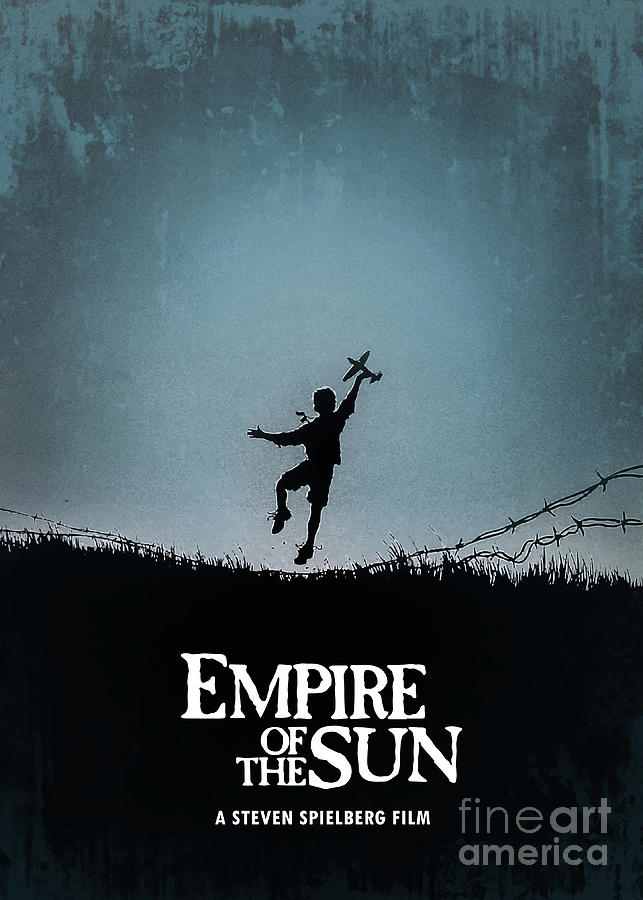Empire of the Sun artwork
Theater is wellicht de meest uitgesproken kunstvorm waarin de mens als individu binnen de samenleving zichzelf herkent en zijn eigen, soms onderdrukte emoties, opnieuw kan beleven door het spel op het toneel https://voltage-bet.net/.
Garrick, in particular, paid close attention to artworks such as the Raphael cartoons (which were on public view at Hampton Court Palace) and developed a large repertoire of poses from them for the stage. This was key when it came to pioneering his bold, new style of acting.
The 19th century introduced realism as a dominant theatrical style, challenging traditional conventions. In the 20th century, experimental and avant-garde movements emerged, pushing the boundaries of conventional theater.
Empire of the Sun artwork
My first published photo book, The Map, took me five years to complete, beginning in 1960. In late 1961 a solo show with work from the series was held at Fuji Photo Salon in Tokyo, organised in three parts.
These works led me to attempt to create this photographic book, using the notion of the map as a clue to the future and to question the whereabouts of my spirit. Discarded memorial photographs, a farewell note, kamikaze pilots – the illusions of various maps that emerge are to me like a discussion with the devil. The stains are situated as a key image of the series by drawing a future stratum and sealing the history, the nationality, the fear and anxiety of destruction and prosperity. It was almost a metaphor for the growth and the fall.
Artists: Jules Andrieu, Pierre Antony-Thouret, Nobuyoshi Araki, George Barnard, Adam Broomberg and Oliver Chanarin, Luc Delahaye, Ken Domon, Roger Fenton, Ernst Friedrich, Jim Goldberg, Toshio Fukada, Kenji Ishiguro, Kikuji Kawada, An-My Lê, Jerzy Lewczyński, Emeric Lhuisset, Agata Madejska, Diana Matar, Eiichi Matsumoto, Chloe Dewe Mathews, Don McCullin, Susan Meiselas, Kenzo Nakajima, Simon Norfolk, João Penalva, Richard Peter, Walid Raad, Jo Ratcliffe, Sophie Ristelhueber, Julian Rosefeldt, Hrair Sarkissian, Michael Schmidt, Ursula Schulz-Dornburg, Indre Šerpytyte, Stephen Shore, Harry Shunk and János Kender, Taryn Simon, Shomei Tomatsu, Hiromi Tsuchida, Marc Vaux, Paul Virilio, Nick Waplington, Jane and Louise Wilson, and Sasaki Yuichiro.
Shomei Tomatsu (Japanese, 1930-2012) Atomic Bomb Damage – Wristwatch Stopped at 11.02, August 9, 1945, Nagasaki 1961 Gelatin silver print on paper 253 x 251mm Tokyo Metropolitan Museum of Photography, Tokyo
Nick Waplington’s deeply moving and once controversial photographs of the cells of Barry Island prison, where Nazi SS Officers were held prisoner before the Nuremburg trials, were taken in 1993, almost 50 years after the prisoners had embellished the cell walls with Germanic slogans and drawings of pin-up girls and Bavarian landscapes will be displayed. The half-century that elapsed between the photographs and the creation of their subject is grim testament to the enduring legacy of conflict…
“The idea of photographing absence became really important,” says Baker. “War is about destruction, removing things, disappearance. A really interesting photographic language about disappearance in conflict emerged and it is extremely powerful. How does one record something that is gone?””

Vintage graphic
We’ve Got the Tools You Need to Get the Job DoneCrafting authentic retro and vintage illustrations is all about using the right tools. Whether your work in Photoshop, Illustrator, Procreate, and Affinity we’ve got you covered.
American illustrator and designer Eric Comstock has a retro mid-century modern aesthetic. He worked in advertising for 11 years before turning his bright, quirky style to freelance illustration, and Charlie Piechart and The Case of The Missing Pizza Slice is his first children’s book. If you’re looking for retro and vintage illustration inspiration, Eric is an artist who’s rocking it.
Art Deco is famous for using polished, mirrored, or golden metallic textures paired with black or silver. The primary effect of retro design tends to be almost overwhelming in terms of shine and sheen. Which is why, it looks very smooth and slick, as though the design was a floor that you could slide down on your socks.Other decades of retro design may have a very different feel, however.
First, for obvious reasons, you need to pick the decade that you wish your viewers to reminisce about through the use of retro in design. But it is not that simple. There are tons of options to select from, and it is easy to get confused when picking a decade to ruminate. Sometimes, the 20’s design looks like a 30’s design, and certain elements that were popular or common in the 60’s might be echoed in the 80’s or 90’s. Design comes from design; inspiration begets inspiration.
Philadelphia letterer and illustrator Mary Kate McDevitt brings a vintage, hand-crafted aesthetic to her stunning illustrative lettering projects. She married retro characters, layers of detail and ornate lettering in this beautiful collection of Edin Blyton stories, and you’ll find a treasure chest of vintage hand-lettering work on her website.
